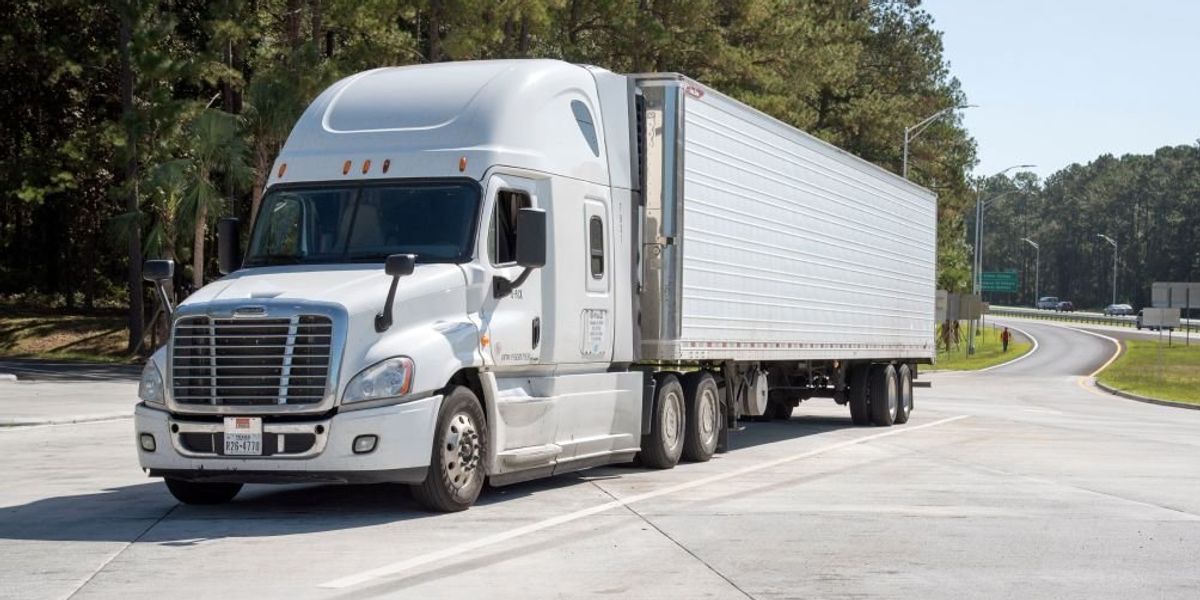On Tuesday, the Biden administration released its energy grid plan for electric- and hydrogen-powered long-haul freight trucks, according to a press release from the Department of Energy.
The administration’s 16-year power infrastructure plan will install charging and refueling stations along 12,000 miles of high-traffic roads and national highways.
United States Secretary of Energy Jennifer Granholm said, “For over a century, petroleum-fueled freight has transported vital food and resources to American families, but at the same time, these vehicles have also contributed to lower public health, especially in densely populated communities.”
The National Zero-Emission Freight Corridor Strategy was developed by the DOE and Joint Office of Energy and Transportation in partnership with the Department of Transportation and the Environmental Protection Agency. The plan aims to build zero-emission fueling infrastructure for long-haul, medium- and heavy-duty freight trucks by 2040.
“The Strategy is designed to meet growing market demands by targeting public investment to amplify private sector momentum, focus utility and regulatory energy planning, align industry activity, and improve air quality in local communities heavily impacted by diesel emissions,” the DOE’s press release read. “Providing ubiquitous and convenient access to electric vehicle (EV) charging and hydrogen refueling along our nation’s freight corridors and at intermodal freight facilities and high-usage ports is key to achieving U.S. goals to promote at least 30 percent [zero-emission medium- and heavy-duty vehicles] sales by 2030 and 100 percent sales by 2040.”
Biden’s national climate adviser, Ali Zaidi, noted that 75% of truck traffic travels on 4% of the country’s roads. He argued that the strategy would be a “win-win-win” for communities, businesses, and the climate.
The DOE claims the four-phased build-out will have “considerable potential to save Americans money on consumer goods thanks to reduced fueling and maintenance costs associated with transport.” The energy grid plan will also provide “significant health benefits for historically disadvantaged populations that suffer the worst impacts of pollution from freight emissions and helping achieve national climate goals,” it added.
The first phase of the strategy, to be completed by 2027, will use freight volumes to determine the priority hubs. The next stage will “connect hubs along critical freight corridors” by 2030. The strategy designates another five years to “expand corridor connections initiating network development.” Lastly, the fourth phase will “achieve [a] national network by linking regional corridors for ubiquitous access.”
According to Federal Highway Administrator Shailen Bhatt, long-haul freight trucks contribute roughly 23% of the country’s transportation greenhouse gas emissions.
“These new designations and strategy will help to grow our national EV charging network, encourage clean commerce within the freight community, and support President Biden’s goals of achieving net-zero emissions for the nation by 2050,” Bhatt said.
Like Blaze News? Bypass the censors, sign up for our newsletters, and get stories like this direct to your inbox. Sign up here!
